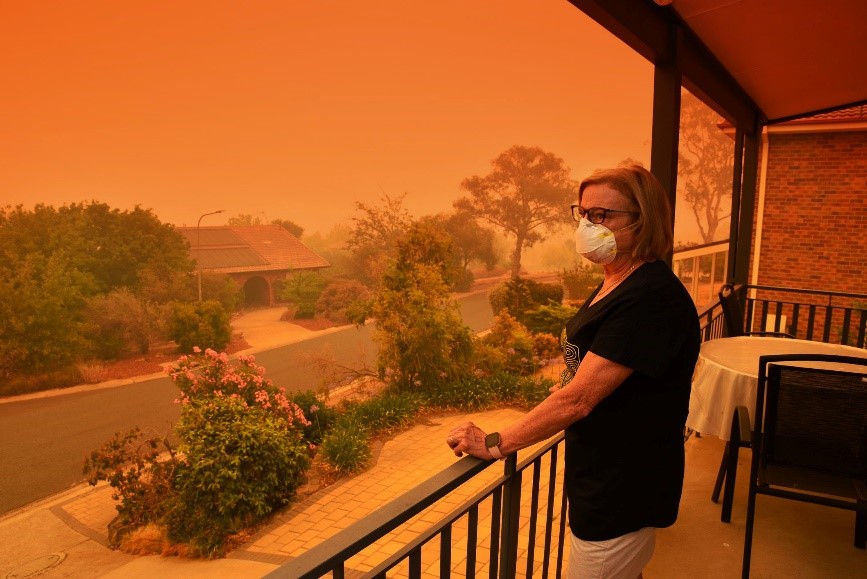How to Prepare for a Fire at Home
A fire breaking out in your home is a serious potential hazard. Fortunately, there are simple steps you can take to identify the early signs of a fire and to prepare for an emergency. The following list will help you and your household put together your fire safety plan.
How to Prepare for a Fire at Home
Fire safety
Having properly functioning smoke and CO2 detectors is crucial to your safety. Test your smoke and CO2 detectors frequently and swap out the batteries when necessary. It is recommended to have a smoke detector outside each sleeping area and on each level of your home.
Always keep a fire extinguisher near the kitchen to combat flame outbursts from the stove or oven. It is best to have at least one fire extinguisher per floor for easy access. Keep in mind that fire extinguishers are used to control and extinguish small, contained fires. If a fire has spread throughout an entire room, or is beginning to engulf your home, know that fire extinguishers are no match for the blaze, and you should escape immediately.
Evacuation plan
A home fire can be very disorienting. During an emergency, it is critical that all members of your household know how to properly evacuate the home. Identify two ways to escape from each room in case one route is unsafe. Choose a meeting spot somewhere outside for everyone to meet a safe distance away from the fire. This can be across the street, down the block, at a neighbor’s house, or wherever makes most sense for you and your family. The most important thing is that you all have an agreed-upon rendezvous. Select an emergency contact whom you can reach out to if something goes wrong in the evacuation process or if a family member is missing.
Best practices
When escaping your home, crawl as low as possible to stay beneath the smoke. Test closed doors before using them to escape. If they are hot, that’s a sign that there are flames on the other side of the door and you should use an alternative escape strategy. Be careful that you don’t burn your hand when testing closed doors. Make sure everyone in your household knows the procedure for calling 9-1-1 and properly alerting the fire department. If you have pets at home, include them in your evacuation plans. If you are forced to decide between evacuating safely and trying to rescue a pet, know that firefighters are trained experts at saving animals from house fires.
For more tips on how to plan for fire-related emergencies at home, read our blog for Wildfire Preparation and Evacuation Tips.
The post How to Prepare for a Fire at Home appeared first on Fort Collins Real Estate | Fort Collins Homes for Sale & Property Search.



